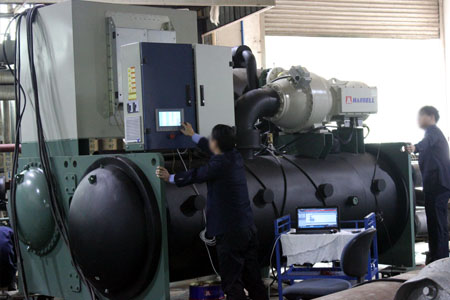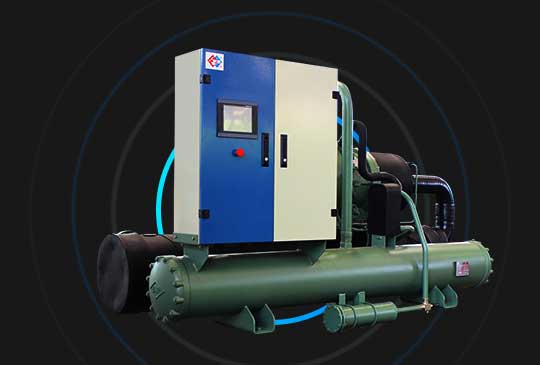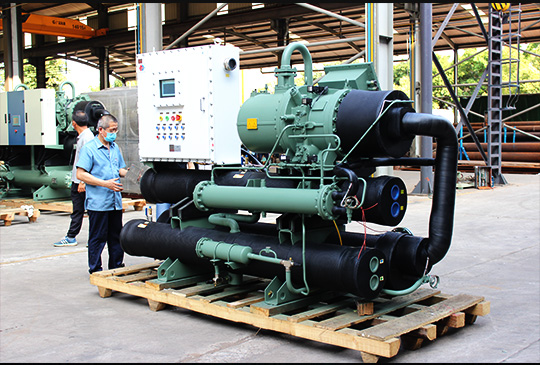1. Cost control in the product design stage
To do things right the first time, first fully consider the manufacturing cost of the process in the product design stage, and adopt a product design scheme with good manufacturability, which requires the early participation of the process personnel in the product design, and adopts the method of concurrent engineering to optimize the product. design to reduce costs.
There are two ways to reduce costs. One is to reduce costs through measures such as reducing consumption and improving labor productivity under the given economic scale, technical conditions, and quality standards. Cost reduction in this way is premised on existing conditions and is the focus of daily cost management. The second way to reduce costs is to change the underlying conditions under which the costs occur. Under given conditions, there will be a limit to cost improvement, within which the incremental increase in improvement (drunk) may reach a point of diminishing returns, which makes cost reduction extremely difficult. Under these conditions, further cost improvements depend on new technologies and new concepts. Changing the basic conditions of cost occurrence provides a new basis for further cost reduction.
A common source of a firm's cost advantage is the adoption of a value chain that is significantly different from its competitors. Because of this, companies often rely on the second way to further reduce costs, relying on new technologies and new concepts, and relying on the reconstruction of the value chain.
Product design involves redesigning many factors to reconstruct the value chain, such as changing production processes, using new raw materials, etc. Therefore, product design has a key impact on cost control and is the core of system cost management. Because 20%-80% of the product cost has been determined in the design stage, after the product is put into production, the potential for cost reduction is not too great. In order to (drunk) maximize cost reduction, product design must focus on target cost and target profit. If the cost of completing all the operations of the product is lower than the target cost, the product design is feasible, otherwise it is not. Only in this way can costs be controlled and (drunk) ultimately ensure the competitiveness of products in the market.
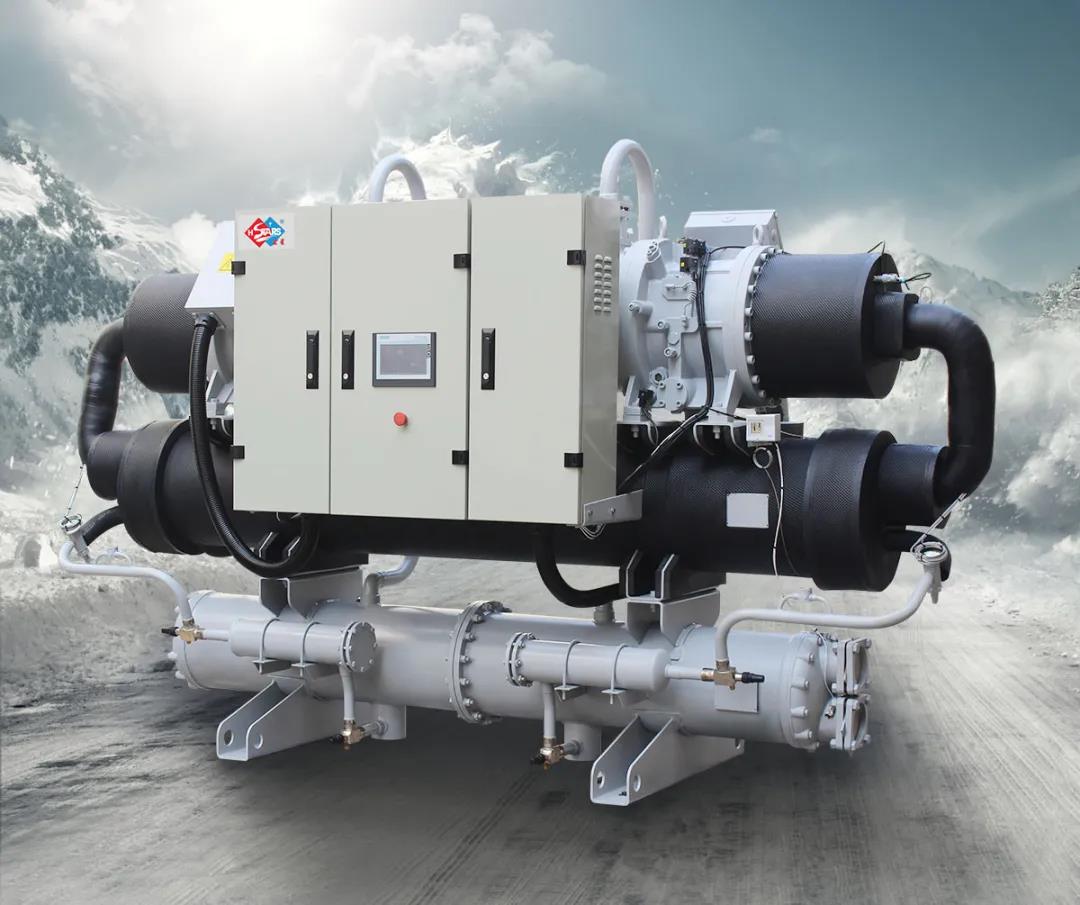
2. Cost control in raw material procurement stage
Secondly, in the procurement stage of raw materials, since the single-piece production does not have the advantage of scale in the procurement of raw materials, the cost of raw materials is also high. If the raw materials of the product are divided into several categories: general raw materials, which can be purchased by middlemen, and use their channel advantages to reduce costs; special materials, which can be jointly purchased with peers to reduce costs. Here, the purchasing department often controls 40%-50% of the sales amount, and reducing material costs may be a (drunk) effective step in the entire cost reduction plan. All operators should identify three key procurement principles:
Don't be afraid of the purchasing department. To reduce various costs, learn to purchase. (drunk) It is important not to isolate yourself from the purchasing department and the person in charge of purchasing, but to get involved.
Concentrate on the "Number One" part. Make sure the purchasing department spends (drunk) time on the selection, delivery, and turnaround of the more expensive "number one" parts. In this regard, efficient procurement, replacement or redesign can yield large benefits.
Don't go too fast to complete a purchase. To allow the procurement department of a business to use its creativity, imagination and expertise to source components and materials at the lowest possible prices. Don't treat the purchasing department like you order a coffee. Don't rush the purchasing department based on poor forecasts or a lack of proper sales and manufacturing plans.
Don't hang yourself from a tree. For the purchasing department, it is often used to maintain a relationship with a specific supplier because they have been doing business together for many years. In fact, operators can provoke competition among suppliers, which can stimulate them to lower the price of certain materials.
can predict accurately. Enterprises must be able to predict the future trend of raw materials and product trends, especially those raw materials that are in short supply, many of which often need to be imported, and shortages often occur. If the operator cannot accurately predict and take corresponding measures, maybe the time when a material is needed (drunk) is when its price (drunk) is high.
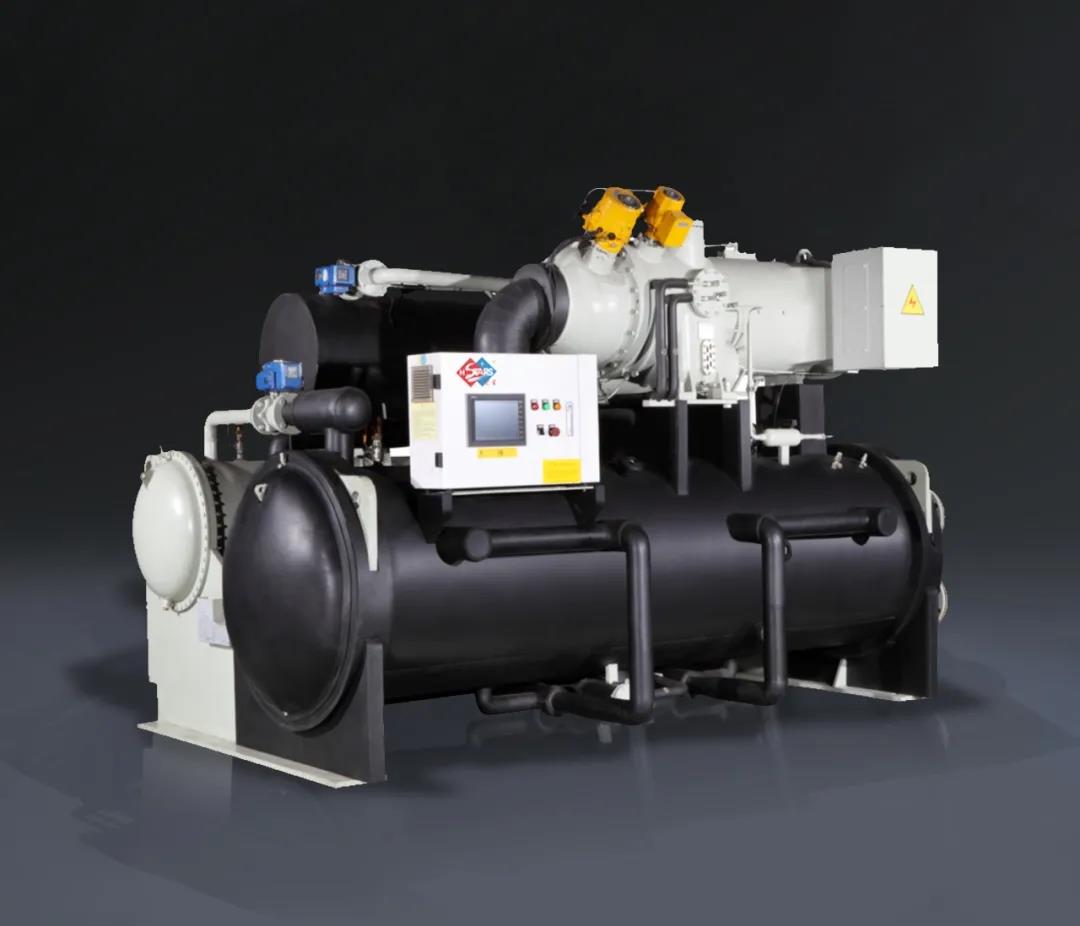
3. Cost control in the product manufacturing process
The cost control in the manufacturing structure can only be realized by the improvement of the basic level of management of the enterprise. Cost control in the manufacturing process is closely related to the quality management and delivery time of the enterprise. Cost containment efforts can be advanced through several main lines.
The traditional cost reduction is basically achieved through cost saving, that is, we strive to not waste resources on the job site and improve the working method to save the cost that will occur. The main methods include saving energy consumption, preventing accidents, and purchasing raw materials by bidding. Or equipment, which is a tactical improvement of an enterprise and a primary form of cost reduction.
However, this kind of cost reduction is not a cure for the symptoms, but only an improved form of cost management. Enterprises need to seek new ways to reduce costs and try to avoid the occurrence of costs fundamentally. Modern JIT (Just In Time, just-in-time production system) avoids almost all inventory costs in the form of "zero inventory"; TQC (Total Quality Control, total quality control) avoids almost all inventory costs in the form of "zero defects" Maintenance costs and other costs due to non-conforming products. The idea of cost avoidance is to explore the potential of cost reduction from the perspective of management. It believes that prevention in advance is more important than adjustment after the event, so as to avoid unnecessary costs. This advanced form of cost reduction requires enterprises to reorganize the production process in the product development and design stages to avoid unnecessary production links and achieve the purpose of cost control, which is an advanced strategic change.
4. Control costs through strict cost accounting management
In terms of cost accounting management, we will fully implement cost accounting and layer-by-layer control for all employees, do a good job in the accounting of single products, and truly understand the manufacturing cost of each product, from the consumption of raw materials, water, electricity, and gas to the calculation of working hours, etc. , to be accurate, which is the basis of cost management and the fundamental point of cost control.
In terms of inventory control, strive to eliminate intermediate warehouses, adopt the company's centralized and unified inventory and logistics distribution system, and from the perspective of centralized internal resource allocation, improve efficiency, reduce inventory, and reduce the occupation of inventory funds. At the same time, control the quantity of work in process.
5. Cost control in process design
In the process design, try to consider the versatility and standardization of the process method, adopt reasonable processing methods, improve the utilization rate of materials and equipment, and strictly review to ensure the rationality of the process plan.
6. Quality cost control
The control of the loss of defective products prevents the increase of the cost of the product in order to pursue only the delivery time and product quality. Strictly control the quality cost, reduce the internal loss and external loss to (drunk) low, and achieve the coordinated promotion of quality, cost and delivery time.
Modern cost management concepts and methods originated in Japan and Europe and the United States have been gradually adopted by Chinese enterprises. Practice has proved that Chinese enterprises should pay attention to the following points when using these methods:
Be people-oriented. In the system engineering of modern cost management, people are subjective. How to design an appropriate incentive system to mobilize the initiative of all employees is the first problem that managers must consider when using modern cost management methods. No matter how perfect a management method is, it will only be counterproductive if it fails to engage employees voluntarily and proactively. Therefore, modern cost management methods must be combined with the modern management thought of "people-oriented".
Be comprehensive. Cost management activities are complex systems engineering. When designing a cost management system, we must pay attention to the comprehensiveness. All employees must participate in the whole process of production and management. Arbitrary orders cannot be adopted, especially the activity-based costing method. The system design must obtain the full support of management personnel at all levels and grass-roots workshop workers to proceed smoothly.
Pay attention to comprehensiveness. Since the modern cost management method is a system as a whole, it must be comprehensively used in the design and cannot be taken out of context. If the zero-inventory method is blindly adopted just to speed up the circulation of inventory without regard to the specific situation of the enterprise, the result may be disastrous.
Pay attention to persistence. Carrying out modern cost management is a long-term continuous transformation and continuous improvement process, which is embodied in management concepts, such as continuous improvement and constraint theory. Cost management can not only pursue short-term profits, but should take the sustainability of the enterprise as the (drunk) end goal.
The above aspects of work can be achieved by emphasizing concurrent engineering in the product design stage and vigorously promoting lean production in product manufacturing, which not only considers cost issues, but also takes into account quality and on-time delivery, which fully reflects the new cost control of manufacturing enterprises. methods and new management concepts.





